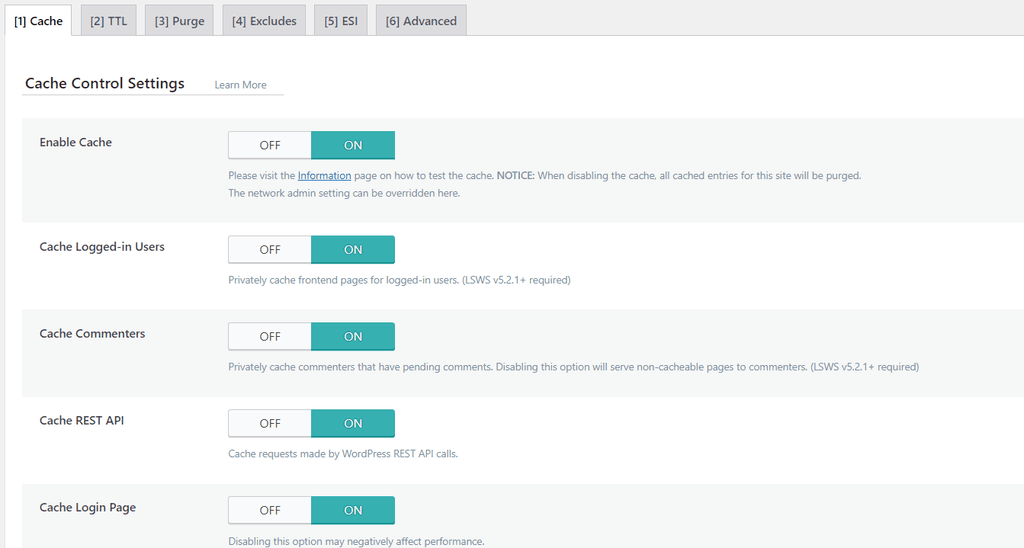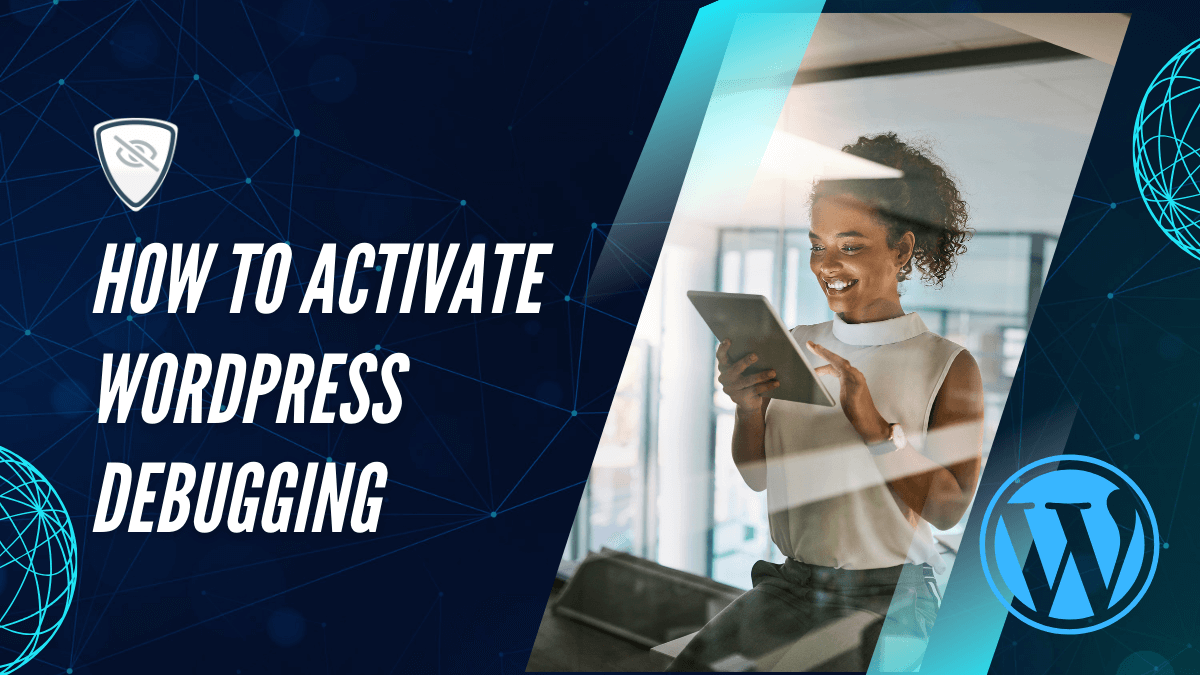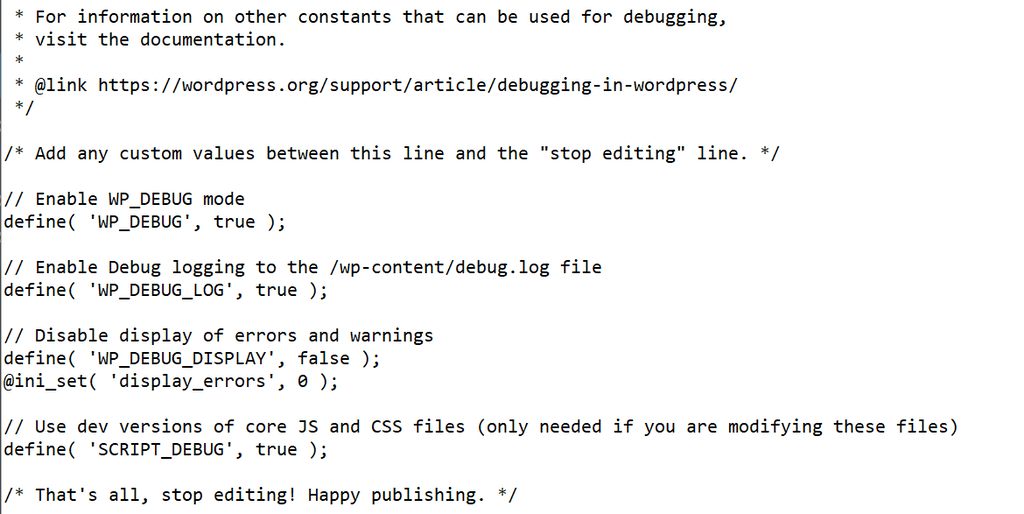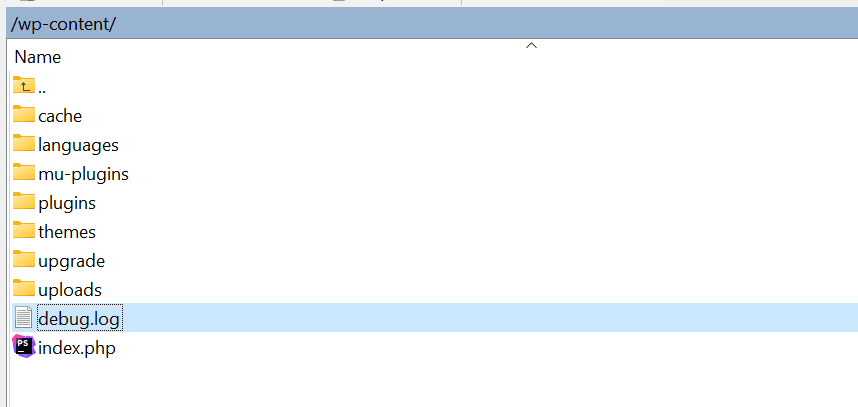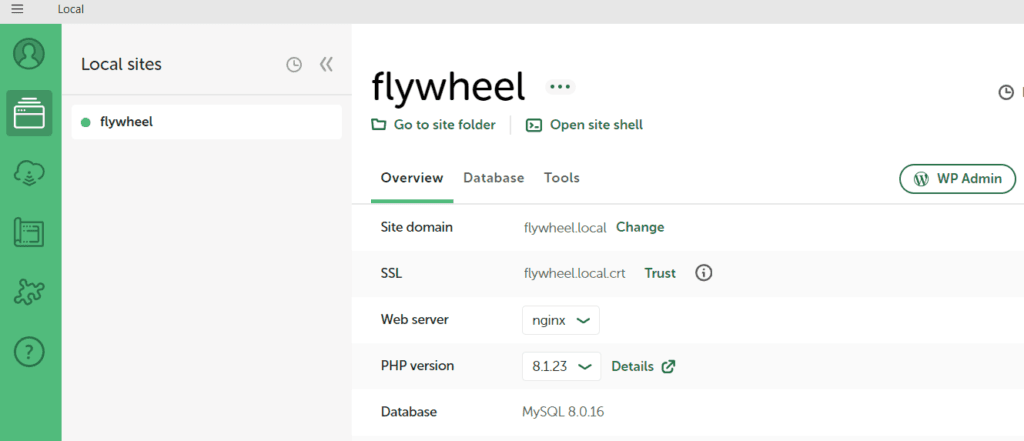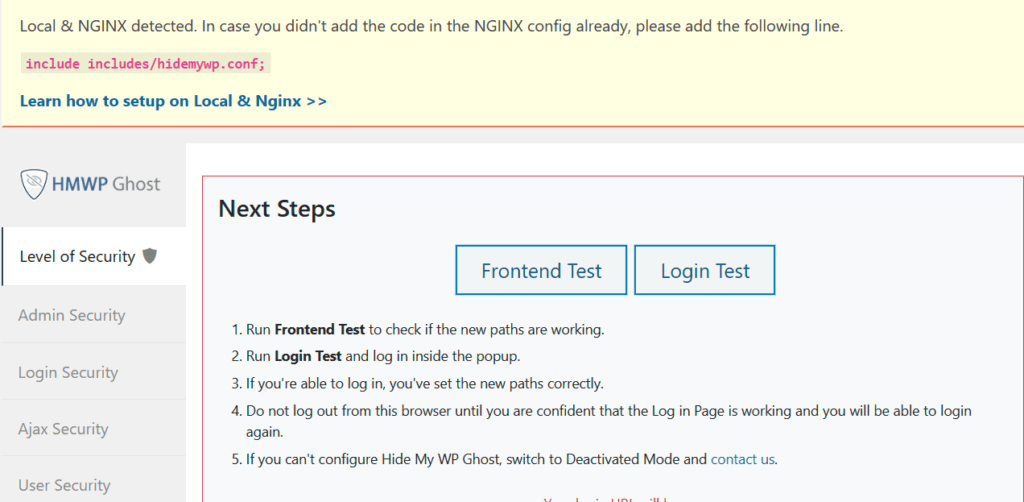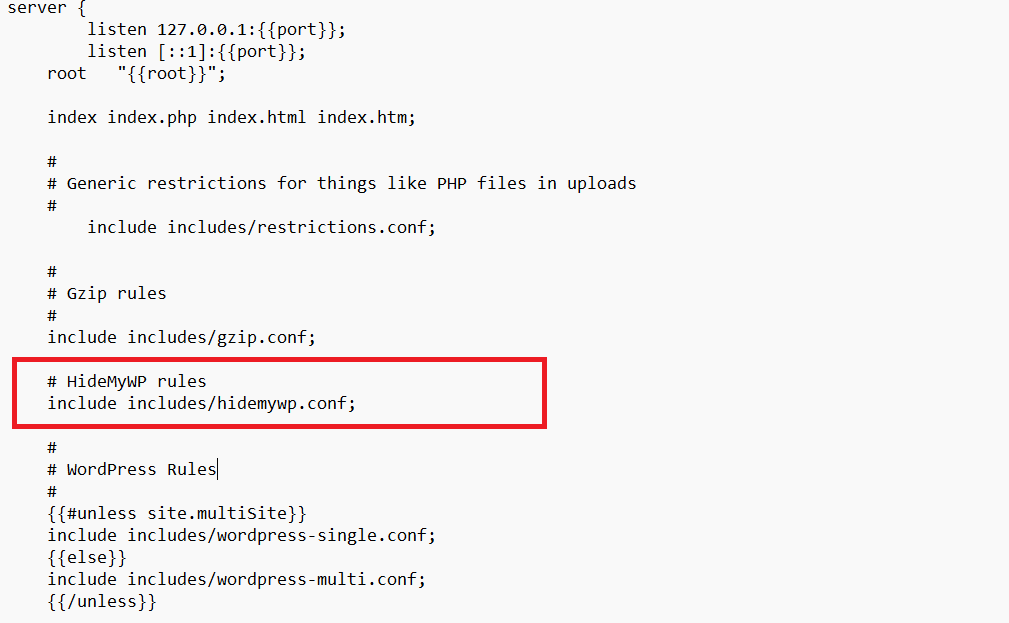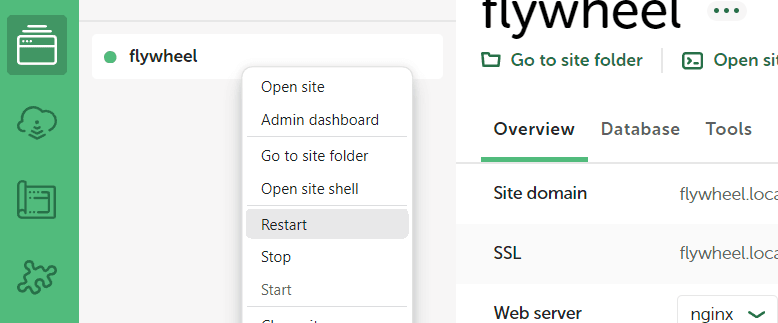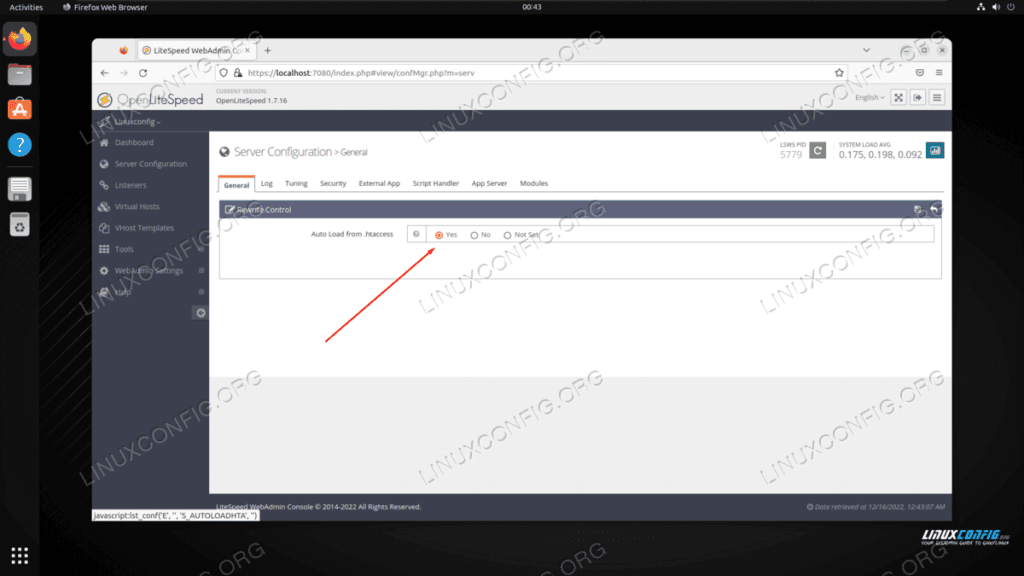This is the question we asked ourselves as a software company many years ago when we switched our business to WordPress CMS. It’s hard to trust an open-source CMS where our websites will probably end up being hacked.
As a developer, I wanted to know how to protect my WordPress website and how to protect my clients’ websites. I started studying WordPress CMS, its weak points and strong points and I found out that not the WordPress core itself is the main issue but the installed plugins and themes.

Many free plugins and themes were built by beginner programmers without any security knowledge and frankly, they probably didn’t even care about their users. As WordPress CMS can’t work without a plugin or a theme, most probably each production website had installed, at one point, a vulnerable plugin or a theme.
How To Protect My WordPress Website
Luckily, there are many security plugins now that verify the plugin integrity and vulnerability but they can’t keep up with all the last updates and the new plugins on the market.
About 4 years ago our company came up with the idea of creating a security plugin that will protect all the vulnerable plugins and themes by blocking the attacks on the common WordPress URLs and Paths.
This idea led us to create the Hide My WP Ghost plugin. A plugin that allows you to change all the common paths with hidden paths and block the hacker’s bots access to the known vulnerable paths.
We successfully reduced the number of SQL and Script injection attacks up to 99% with the Hide My WP Ghost plugin. We significantly reduced the number of Brute Force and XSS Attacks.
The best part is that Hide My WP Ghost works together with all other security plugins on the market by adding a layer of security for each business.
Some of the popular security plugins are Wordfence, iThemes Security, Shield Security, etc.
We look forward on keeping WordPress the safest open-source CMS and reducing the bot attacks as low as possible.
Secure Hosting Companies
Choosing a safe hosting is also important when you create a website for your business. There are many WordPress dedicated hosting companies who offer security and management.

Some of the great WordPress hosting companies are WpEngine, InMotion, CloudWays, etc.
Note! Keep in mind to choose a plan that will keep a daily backup on your website’s data.
Once you have a secure hosting plan and security plugins installed on your server, you don’t have to worry about getting hacked and you can focus on getting the best out of your online business.
If you have any question, please contact us














